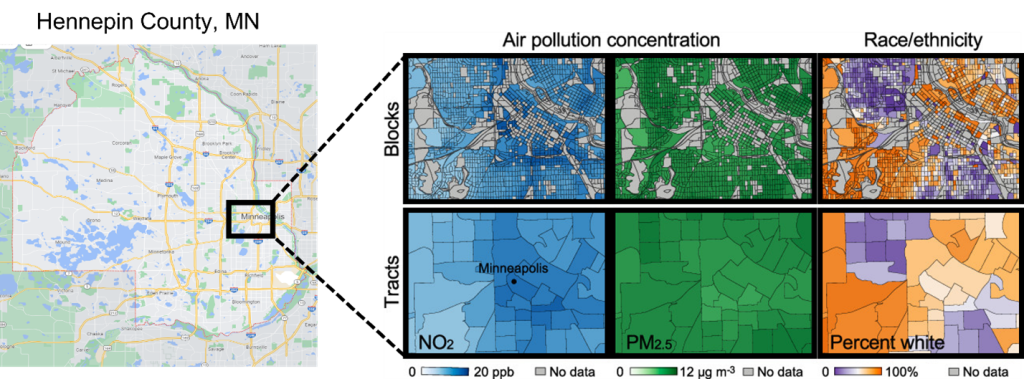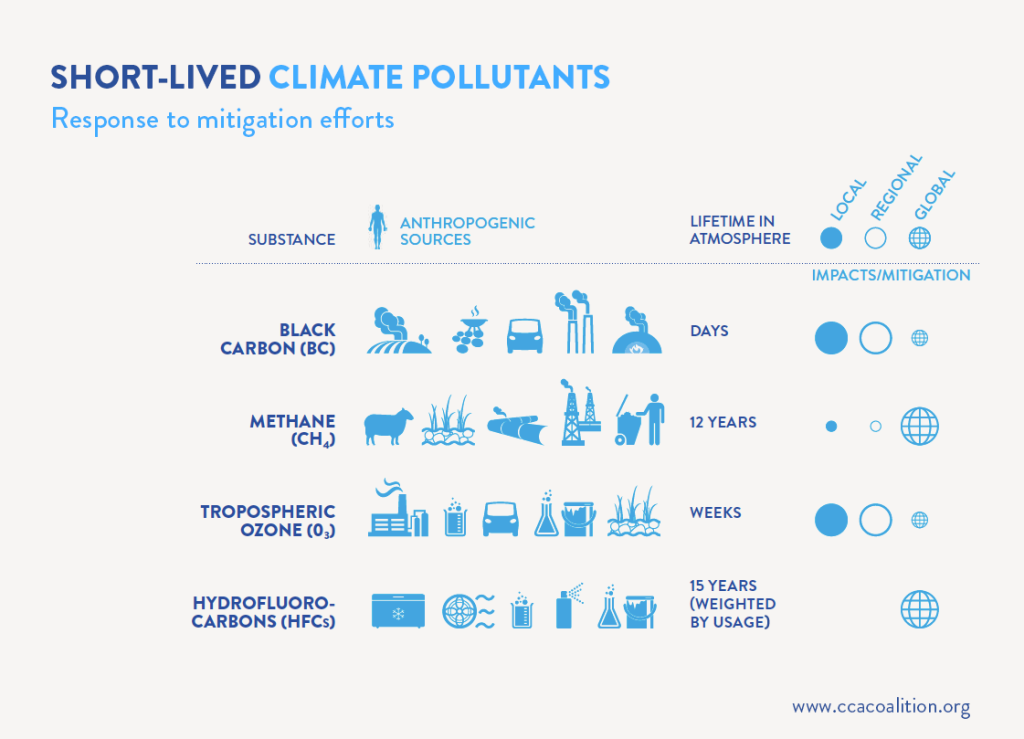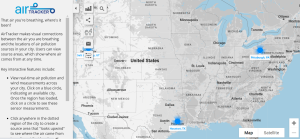What’s new: The ministers of environment representing 33 countries in the Latin America and Caribbean (LAC) region recently issued a joint declaration calling out the yawning gap between the funds needed to address the global air pollution crisis and the funds currently committed. The declaration is noteworthy because it has set a tone for influential global dialogues happening this week at COP28 and in February at the 6th session of the United Nations Environmental Assembly (UNEA-6).
Why it matters: 99% of the world’s population now breathes unhealthy air. As a result, more than 8 million people die prematurely each year due to fossil fuel-driven air pollution, making it the 4th leading cause of death worldwide. Despite the staggering human costs, currently only 1% of development funding goes to programs aimed at improving air quality each year.
The LAC region is one of the most underfunded when it comes to air quality. Expanding investments in air quality would help the region reach its climate goals and improve health outcomes. It could also set the stage for scaling investments in air quality in underfunded regions across the Global South.
The details: In the declaration, ministers stressed the need for regional and global coordination. They also called upon the United Nations Environmental Programme (UNEP)—which is responsible for leading implementation—to provide technical support to countries as they enact key policies, like air quality standards and management plans. Specific actions requested of UNEP include:
- Leading the implementation of the Regional Action Plan on Air Quality and mobilizing the resources needed to support it;
- Helping countries strengthen legal frameworks to prevent and reduce air pollution by adopting air quality standards and developing plans for crucial sectors;
- Encouraging countries to act boldly to abate emissions of short-lived climate pollutants;
- Promoting best practices, infrastructure and sustainable transport initiatives that can ensure a just transition in hot spots, especially large cities.
What they’re saying: Senior Policy Director of Global Clean Air, Sergio Sanchez, spoke of the declaration: “This declaration marks a bold step toward realizing the vision of a thriving LAC region. When we act collectively to cut air pollution, we act to meet the climate crisis, strengthen our economy and dramatically improve health. We will continue to support the regional and global partnerships needed to mobilize this action at COP 28, UNEA-6 and beyond.”
What EDF is doing: In September 2022, EDF and UNEP launched a joint initiative to help LAC countries develop funding-ready clean air projects. Since then, EDF has continued to grow that effort by:
- Helping UNEP implement the Regional Action Plan to coordinate strategic investments.
- Convening two major international workshops to reactivate the region’s Intergovernmental Network on Air Pollution. These workshops have fostered new partnerships and high-impact projects backed by participant governments and global partners, such as the Climate and Clean Air Coalition (CCAC) and the OECD.
- Hosting a side event at the 2023 LAC Climate Week, focused on mobilizing greater financing for air quality in the region. The event debuted a new video that lays out how such actions could transform population health and power economic growth.
- Serving on the Climate and Clean Air Coalition task force, which is dedicated to designing the Clean Air Flagship, set to launch at COP28. The purpose of the Flagship is to enhance funding and cooperation efforts globally.
What’s next: As leaders from all sectors gather at COP28, LAC leaders have an opportunity to take their call to the global stage. It’s a chance to join with governments from across world—especially other neglected regions—to demand that the air pollution crisis receives the funding it requires.
Leaders will have a second opportunity at UNEA-6 to secure greater investments in air quality by having the global assembly ratify regional calls for broader support. If ratified, UNEP would be tasked with implementing the declaration of the global assembly. Ratification would give UNEP some additional budget—and a stronger mandate to take to donor governments and agencies.
Learn more about our clean air partnership with UNEP and LAC countries at globalcleanair.org/LAC.












